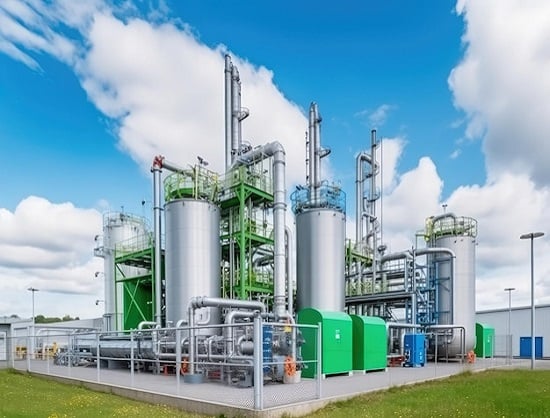Green Hydrogen Certification Scheme of India (GHCI)
Recently, India took step in its clean energy transition with the launch of the Green Hydrogen Certification Scheme of India (GHCI). The scheme will create a clear system to certify green hydrogen production, making the process more transparent, easy to track, and trusted by the market.
Importance of Green Hydrogen
Green hydrogen is produced using renewable energy sources. It is seen as a clean alternative to fossil fuels. The use of green hydrogen can reduce greenhouse gas emissions. It also supports energy security by reducing dependence on imported fossil fuels.
Purpose of GHCI
- Create a proper system for certifying green hydrogen in India.
- Ensure transparency, traceability, and market credibility in green hydrogen production.
- Help build trust among stakeholders and facilitate investments.
- Standardize production methods and quality assurance.
Key Features of GHCI
- All green hydrogen producers in India (except those producing solely for export) must undergo a mandatory certification process.
- Certification ensures hydrogen is produced exclusively using renewable energy sources.
- Certification will be conducted by Accredited Carbon Verification (ACV) Agencies, which are listed under the Bureau of Energy Efficiency (BEE).
- From 2026, after the launch of India’s carbon market, green hydrogen certificates will become tradable assets within the carbon trading ecosystem.
Role of MSMEs in Green Hydrogen
MSMEs are vital for India’s green hydrogen ambitions. They can innovate and provide localized solutions. The government emphasizes their capacity to contribute to the green energy supply chain. MSMEs can engage in manufacturing components, providing services, and generating hydrogen from biomass. Their involvement is expected to enhance job creation and economic growth.
National Green Hydrogen Mission
The National Green Hydrogen Mission aims to achieve a production capacity of at least 5 million metric tonnes (MMT) by 2030. This will require an associated renewable energy capacity of about 125 gigawatts (GW). The mission is expected to attract investments exceeding ₹8 lakh crore and create over six lakh jobs. It will also contribute to reductions in fossil fuel imports and greenhouse gas emissions.
Month: Current Affairs - April, 2025
Category: Government Schemes Current Affairs







